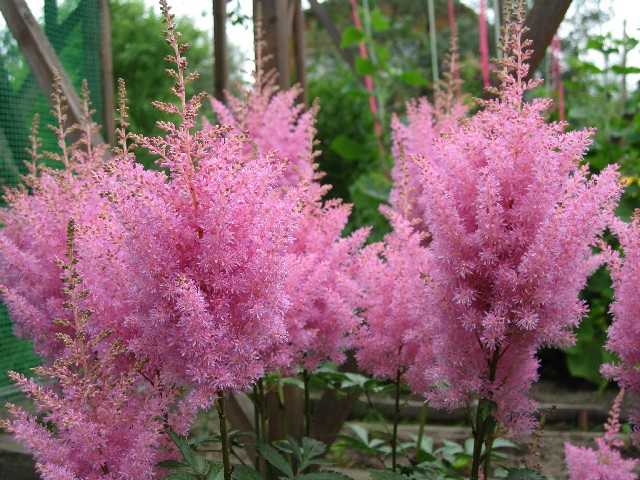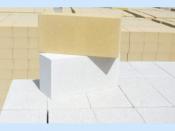Search
Login
Recommended
Construction of the creek on the site
The contemplation of water has a calming effect on any person, and the murmur of water in the brook brings revitalization to the life of the garden, which gives children real pleasure in the heat.
Content
- The principle of construction of an artificial stream video
- Creek location
- Creek with bends
- Calculation of the required volume of water of a reservoir
- Creek construction video
- Stream from source to mouth
- A brook next to the stairs
- Plants along the banks of the stream
The principle of construction of an artificial stream
When constructing an artificial stream, the same principle is always used: to the highest point of the future stream, the pump pumps water from the reservoir pond (which is located at the lower point of the planned stream), then from the upper point the water flows down the natural slope again down to the pond.

The main thing is to prevent mistakes in the planning and construction of an artificial stream, namely: to choose the right place and create a slope for the natural movement of water.
Creek location
When building an artificial stream, try to plan so that the stream flows in the direction of your favorite location for the owners, so that beautiful areas with moving water, beautiful plants come into view, if there is a waterfall, it should be visible to you.

With improper planning, you will only see water running into the distance.
If the stream flows a few meters from the place where you are resting, but do not fall into the zone of visibility, this also does not cause much emotion.
Creek with bends

After you build a stream with a uniform slope, you will face the problem of landscaping its banks: when you stop the pump, there will be no water in the stream immediately and the water plants will dry out.
How to find a way out of this situation?

We offer the best solution - make several stops in the form of bends for water, or create small ledges.

Such small ponds can be connected by small waterfalls.
Calculation of the required volume of water of a reservoir
Often, the construction of an artificial stream ends in failure due to incorrect calculation of the required volume of water. Experienced company landscape design Art-Green Design in a short time will calculate the required volume of water and install an artificial stream on your site. If you build a stream with your own hands, remember that the pump pumps water over a fairly large distance equal to the length of the stream.
On the way back, water has to go around plant stems and stones and this slows down the movement of water. When moving, part of the water along the way evaporates, according to calculations, in a minute the water passes only 2 meters.
From the experience of operating a stream 10 meters long, up to 200-300 liters of water are in motion.
With a stream length of 10 meters, the water level in a pond with an area of \u200b\u200b10 square meters, varies by only 2 centimeters, that is, invisible to the eye.

When calculating the volume of water, it is necessary to take into account the volume of the entire stream, i.e. the area of \u200b\u200bthe base of the stream, the height of the column of water in the stream plus the volume of water in the hose, which is laid under the stream and delivers water to the upper point, plus the volume of the lower reservoir.
Taking into account evaporation, depending on the ambient temperature, do not forget to add water to the reservoir.
Creek construction
When choosing a place for the construction of a stream, the channel is initially designated, it is possible with the help of a hose, laying it out on the surface of the earth, taking into account all the bends.
Then, they dig out a bed of a stream, at each meter the level of the stream should decrease by 2-5 centimeters, with a smaller slope, the water will stagnate.
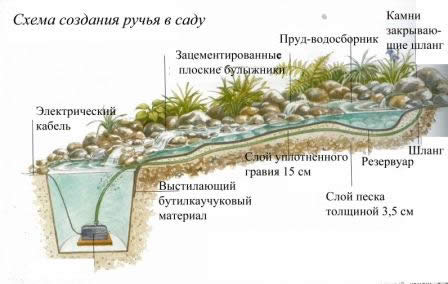
We select places of water stops, we make small indentations in these places.
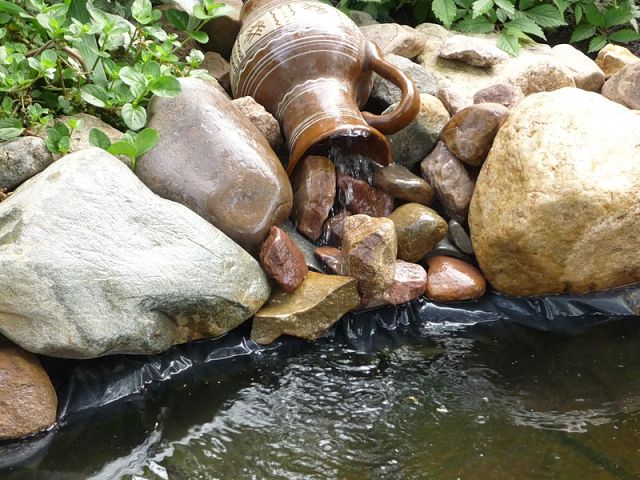
At the bottom point of the future stream, prepare the bottom under a small pond, at least half a meter deep, in which you can install a transfer pump. After the bed of the stream and the pond tank are prepared, i.e. earthworks are completed, the bottom is carefully compacted, all irregularities, roots are removed - so as not to violate the integrity of the film.
From the reservoir pond, parallel to the stream, to the top point we lay a hose for water supply.
Before laying the film, in the finished bed of the stream, first a sand cushion is placed, 5-10 cm high, then a special fleece for ponds. Next, the film is laid.
When building a stream, you must have a significant reserve of film. The edges of the film off the coast should be at least 10 cm above the water level, the film is laid freely without interference.

Starting from the pond, the film is gradually pushed upward, while the film is always laid so that the sheet lying higher on the slope significantly overlaps the underlying one.
At the same time, with the help of the level, the bias is constantly monitored, since it will be difficult and expensive to correct errors later.
If you plan to install a bridge that will be an ideal place for viewing, mark it with two rails.

After laying the film, lay stones and plant plants on the bottom of the stream and along its banks.
Stream from source to mouth
From the source, i.e. the highest point of the stream, water enters the first bend, then it flows under a slight slope to the second bend, and so gradually flows into the pond reservoir.

From it, the pump pumps water back to the source through a hose laid underground.

The place where the pump is connected to the network should be located not far from the stream, and a constant source of water should also be nearby, so that, if necessary, water losses due to evaporation could be compensated.
For tight insulation of the bottom of the stream, you can use not only the film, but also other materials such as clay or fiberglass.

A stream can be arranged not only in an open place, but also among shady plants, if funds permit, you can build a stream that will connect different corners of the garden.
A brook next to the staircase
An interesting location of the brook if it flows parallel to the stone stairs leading along the house.
Water plants planted along the stream emphasize the beauty of the stone staircase and fit perfectly into the interior and design of the garden.
Plants along the banks of the stream
To decorate the coastal zone of the stream, plants are preferred that prefer moist soil.
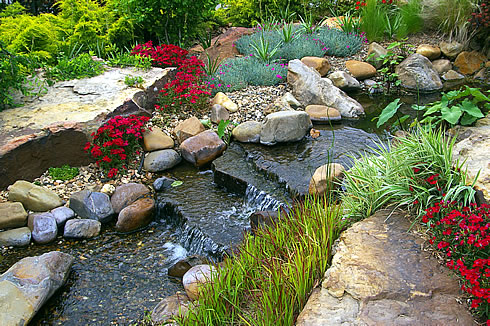
Looks great and quickly grows fern, whose openwork foliage is always pleasing to the eye.
Grow well on the banks of the stream

kempfer's iris
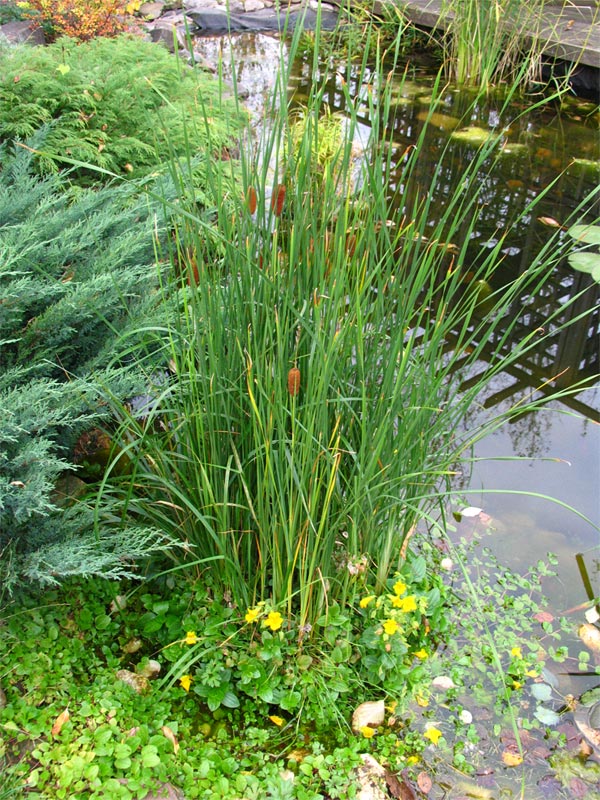
cattail
swimsuit
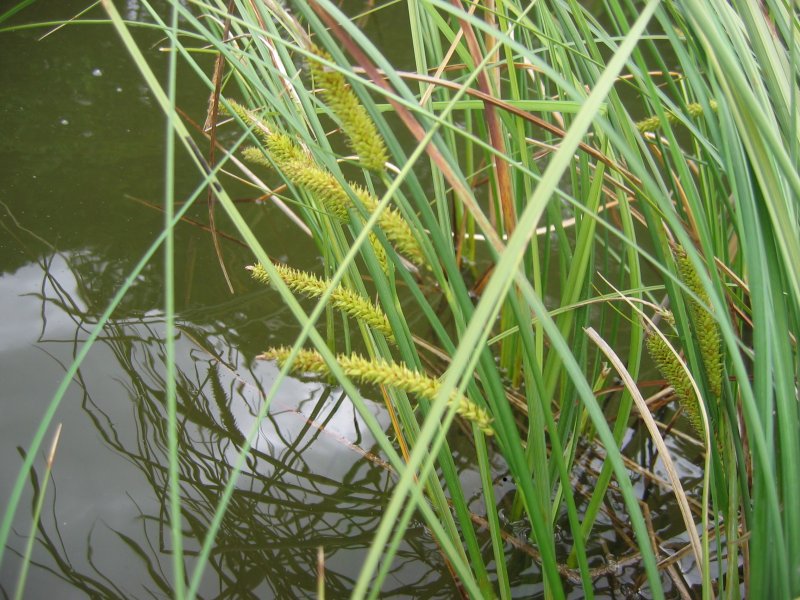
sedge,
meadowsweet,
spiraea,
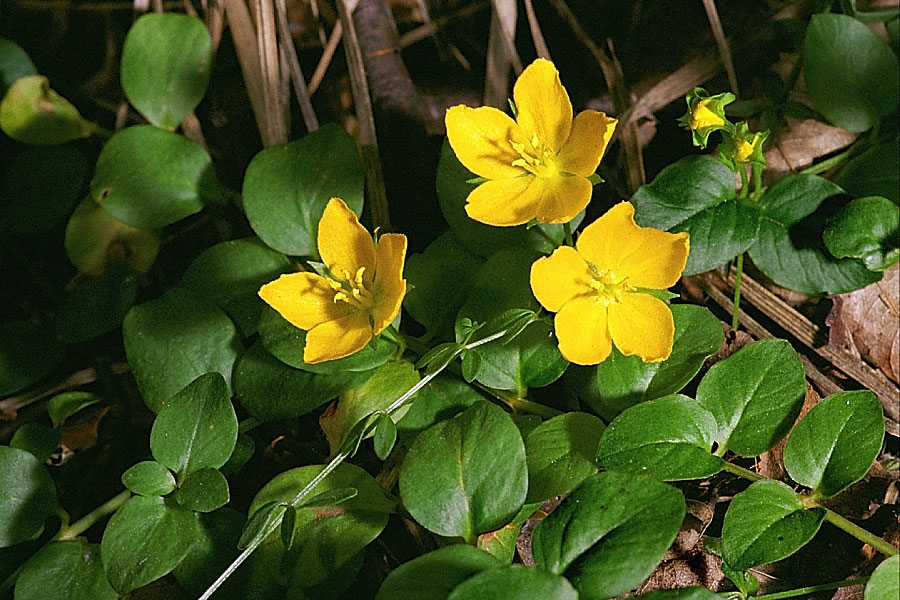
ground cover loosestrife monetized,
